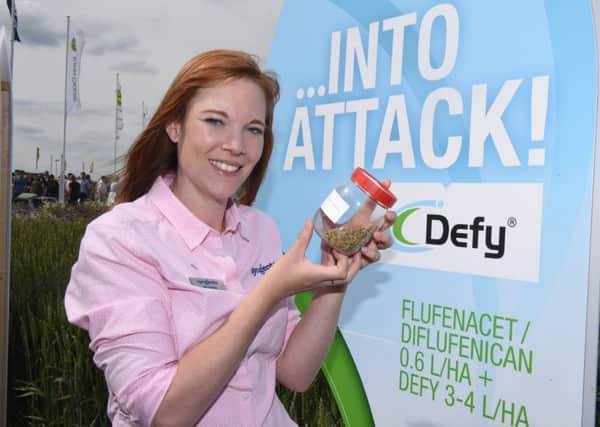Don't court returns with low herbicide rates


Results of trials at Syngenta Black-grass Innovation Centres have consistently shown the increased control from a higher rate of Defy in the autumn pre-emergence herbicide stack, reported the company’s cereal herbicide campaign manager, Melanie Wardle.
“Increasing Defy rates from 2.0 l/ha to 3.0 l/ha reduced Black-grass seed return by an average 3200 seeds per m2 – an equivalent to 160 kg/ha,” she highlighted.
Advertisement
Hide AdAdvertisement
Hide AdFurther increasing the rate, to 4.0 l/ha, gave another step change in improved control – reducing seed returns by more than 5800 Black-grass seeds per m2, or 290 kg/ ha, compared to the 2.0 l/ha rate.
“Reduced rates of control not only hits yields of the growing crop, but the enormous seed return has long-term implications right through the rotation and the potential success of any future control strategies,” warned Mel.
She pointed out that adding Defy into the pre-emergence stack had always improved overall efficacy and Black-grass control.
“With the aim to achieve 97% Black-grass control just to hold populations in check, growers and agronomists need to maximise performance at every point in an integrated approach,” she added.